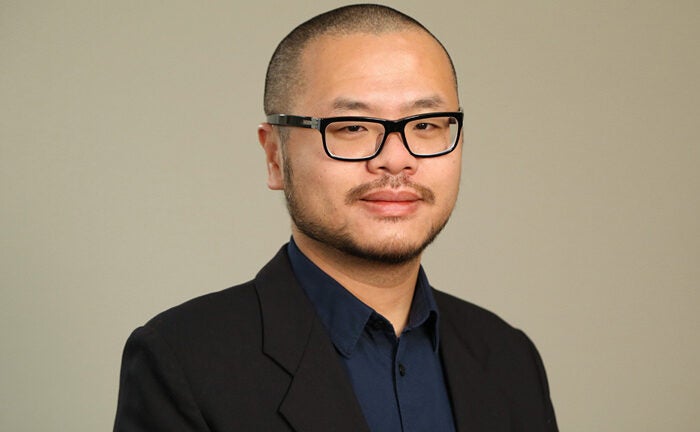
Spatial scientist’s digital mapping software opens a window into history
There are myriad online platforms that allow you to search the history of a used car before you purchase it or the quality of a hotel before you book a room. But what if you wanted to find out the history of your property before you invest in planting a garden or digging a pool?
How would you know if there was a chemical leak in your backyard in 1950 or an oil spill even earlier?
Professor Yao-Yi Chiang hopes to make these questions easily answerable, and already he has made great strides in bringing his goal to fruition. Chiang’s computer program, dubbed Strabo, reads scanned maps to automatically identify historical locations — from long-closed factories to lakes and rivers that dried up decades ago.
“The software I ultimately want to create will be a user-generated platform offering information about any given piece of land from multiple sources,” said Chiang, assistant professor (research) of spatial sciences.
The program he envisions will support automatic reasoning, meaning that all a user will need to do is enter the coordinates of a location and how he or she wants to use the land. The computer, then, will determine whether that project is viable.
For instance, if you wanted to grow a vegetable garden, the program would take into account details such as the depth of the plants’ roots and how much precipitation the particular slice of earth has received. If it turns out there was a factory on your property that closed 100 years ago, the program would tell you if it’s safe to eat tomatoes grown there now.
“Many researchers need efficient tools to convert mapped information into user-friendly data sets,” said Chiang, who received a master’s degree in computer science from USC in 2004 and a Ph.D. in 2010. “My work helps make all the information accessible.”
Putting the concept into practice
Chiang has already found success on a small scale.
In 2014, a United Kingdom-based title insurance company found Chiang through an online search. They needed someone who could help them determine whether areas of land had been subject to previous contamination.
Chiang worked directly with the company to update Strabo to automatically scan historical ordinance survey maps covering the entire U.K. The program now integrates multiple maps to identify areas that once supported factories, mines, quarries or gas works that no longer exist.

The image on the left shows a map of contamination sites in a historical Ordinance Survey of Bristol, United Kingdom. The image on the right depicts contemporary satellite imagery (Bing maps) of the same location. Image courtesy of Yao-Yi Chiang.
While the specific information entered into the software belongs to the insurance company, Chiang stresses that the platform he coded is entirely open-source.
“Anyone can use our software without paying a licensing fee,” Chiang said. “Users can write their own code on top of our software — in fact, we encourage people to do that.”
Linking visual history to place
In addition to being a sought-after programmer based on his unique skills, Chiang pursues projects to enhance research within various departments on campus. One noteworthy example is his ongoing collaboration with USC Shoah Foundation – The Institute for Visual History. Chiang is working with the Institute’s Visual History Archive, linking historical maps to places mentioned in genocide survivors’ recorded testimonies.
“In one testimony, the survivor said he had ‘traveled’ from one town to another and could only walk at night — already that sounds horrible,” Chiang said.
But looking at the map, one can see that the area is at a high elevation and blanketed in deep forest — compounded by the fact that at that time of year described in the testimony it was extremely cold. “All this information gives you a new perspective on something as simple as someone saying, ‘I traveled,’” he added.
Chiang oversees a team of undergraduate and graduate students at the USC Spatial Sciences Institute who all study spatial computing. His undergraduate students have majors ranging from GeoDesign and electrical engineering to architecture and computer science.
“Many times people look at maps and think things like, ‘I want to know where that river flowed 100 years ago,’” Chiang said. “But it’s impossible to do that without manually tracing the river, which isn’t feasible on a large scale.”
Chiang sees this as a problem — but one that he and his colleagues can solve with creative technology.
“Maps sitting in libraries are currently an untapped resource because there are too many, and technology can’t yet integrate them automatically,” Chiang said. “Our work can potentially unlock a world of historical information for scholars across many different fields.”